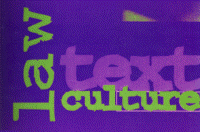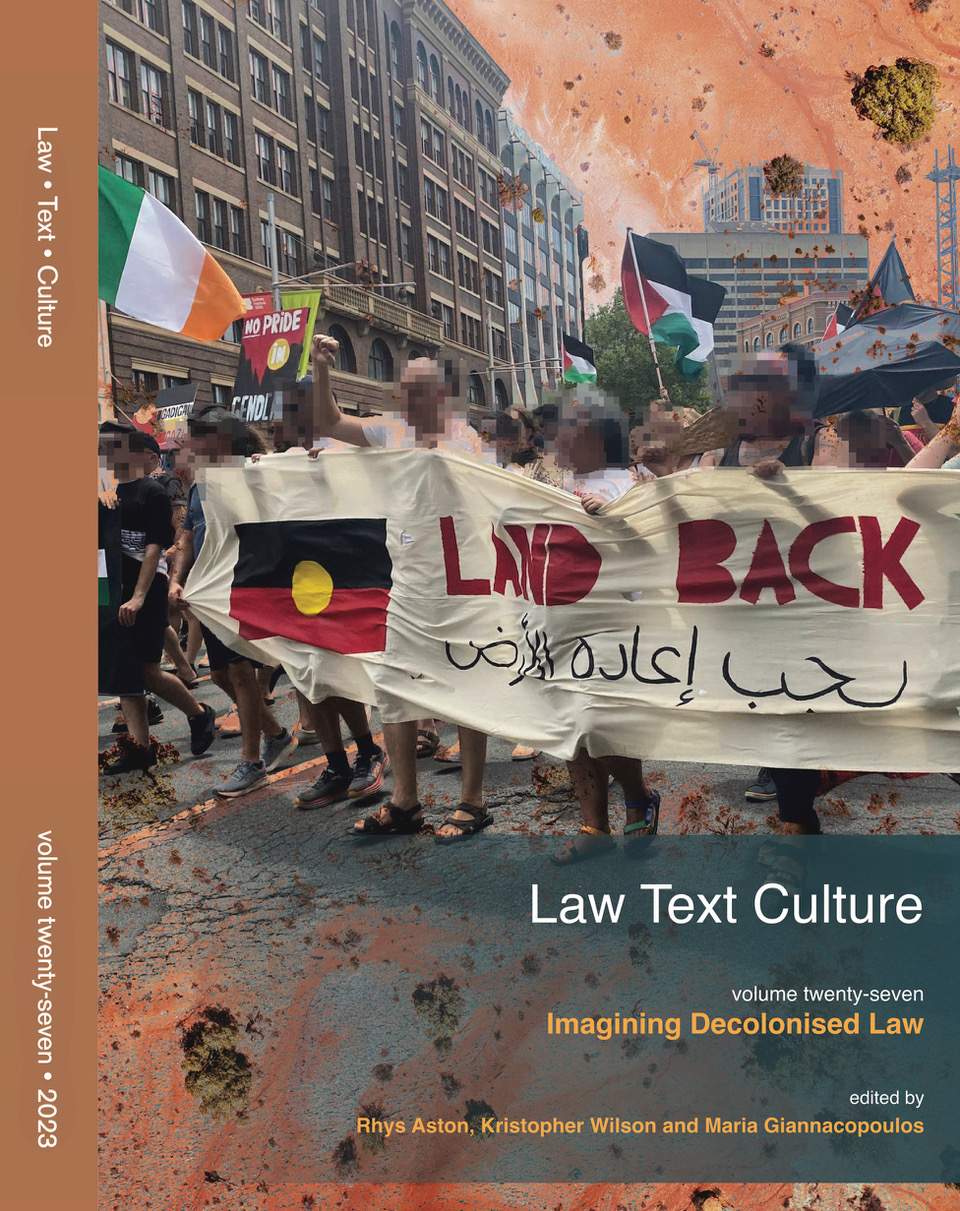Abstract
This essay takes up the incorporation of geospatial materials into international criminal law and its institutional locations, focusing on the Hague-based International Criminal Court (ICC). We consider how geospatial materials such as satellite imagery are conscripted as legal materials for international criminal trials, and how these relatively novel forms of evidence require interventions of technical knowledge through expert witness testimony. The assemblage of satellite imagery, expert testimony, and submitted reports are subjected to what we call ‘juridical mediation’ – the vetting of materials through interpretive processes that bring them into a relationship with textual forms, such as statutory principles and the Rules of Procedure and Evidence. What appears on the other side of this mediated process is a complex and composite relationship between textual, technological, and hermeneutic forms, troubling the claim that geospatial material ‘speaks for itself’.
How to Cite:
Clarke, K. M. & Kendall, S., (2019) “‘The beauty…is that it speaks for itself’: geospatial materials as evidentiary matters”, Law Text Culture 23(1), 91-118. doi: https://doi.org/10.14453/ltc.650
Downloads:
Download PDF
View PDF
368 Views
421 Downloads

